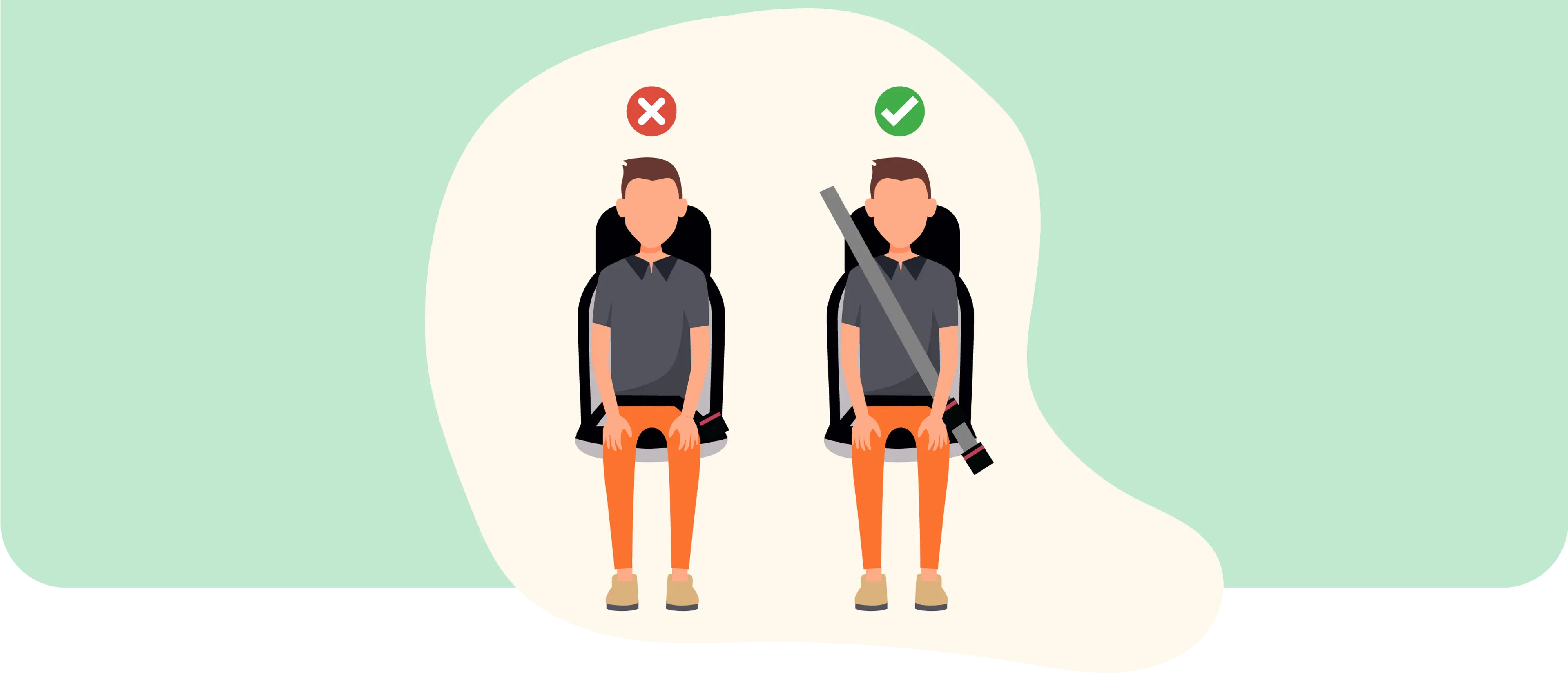How Many Drivers Wear Seatbelts, According to the Data?

It turns out that what most of us do reflexively, and the rest of do after the annoying “ding ding ding” warning sound convinces us to click in, isn’t universal. Is buckling a seatbelt a simple, key safety action your fleet could stand to improve? Let’s see what the data tells us.
According to the most recent data from the National Highway Traffic and Safety Administration (NHTSA), about 9 in 10 Americans buckle up, saving an estimated nearly 15,000 lives. According to that same data, of the 22,215 passenger vehicle occupants killed in 2019, nearly half — or 47% — were not wearing seat belts.
Putting on a seat belt is something we should all be doing — especially those who drive for a living, because the more a person drives, the more at risk they are of getting into an accident. Motorq tracks tens of thousands of fleet vehicles for customers across a range of industries in almost every state in the U.S. Because we stream data directly from the telematics installed onboard vehicles, we can tell exactly how many times a trip is taken without a seatbelt being correctly engaged.
We sampled more than 20,000 vehicles during the months of April, May and June 2021. During that time, more than 4,500 drivers triggered a seatbelt warning; a rate of just about 20 percent. That means about 20 percent of drivers — or 1 in 5 — did not “click it.”
Does this mean fleet drivers are not as safe as general consumers? Perhaps not. The NHTSA data was derived by a process they call a “National Occupant Protection Use Survey” or “NOPUS.” NOPUS is a national probability-based survey, independent from State belt use surveys. NOPUS provides NHTSA’s official measure of nationwide seat belt use in the United States and other related information. This is a fancy way of saying they use a mix of observational (real people observing other people driving cars) and surveys (where people self-report seatbelt usage).
NOPUS says only 1 in 10 don’t wear a seatbelt; Motorq data says 2 in 10. What gives? The difference here may be human error versus actual vehicle data. Perhaps the observers are off? Perhaps people aren’t truthful on surveys? Maybe seatbelt usage isn’t what we think after all? The thing is, survey data isn’t a perfect science. Until NHTSA can access actual vehicle data from every passenger car and truck on the road, it will rely on observational and survey data – which is probably good enough for national statistical purposes.
But as a fleet owner, you want to know exactly which drivers are not buckling up, not just because it’s the law, but because they statistically have an increased risk for being killed in an accident.
Out of every safety program action, this one is potentially the simplest in that it involves one step — a step directly associated with mortality rates. But until now, there hasn’t been an actionable way to make this change among drivers working shifts with no belt. Fleet owners have an opportunity to identify those drivers who are at risk, get them onto an improvement plan and help them be as safe as they can be on the road.